Hebei, abbreviated as “Ji,” is located in northern China. It surrounds the municipalities of Beijing and Tianjin and stretches from the Bohai Sea in the east to the Taihang Mountains in the west. As a key hub connecting northern, northeastern, and northwestern China, Hebei holds both strategic and cultural importance.
The provincial capital, Shijiazhuang, is a rapidly developing industrial center. Baoding, known as a historical military and political stronghold, offers rich heritage. Chengde is famous for its imperial summer retreat. Other cities like Tangshan and Qinhuangdao have their own unique charm. Hebei’s diverse terrain includes plains, mountains, and coastline, making it a compelling destination for travelers who enjoy both natural scenery and historic landmarks.
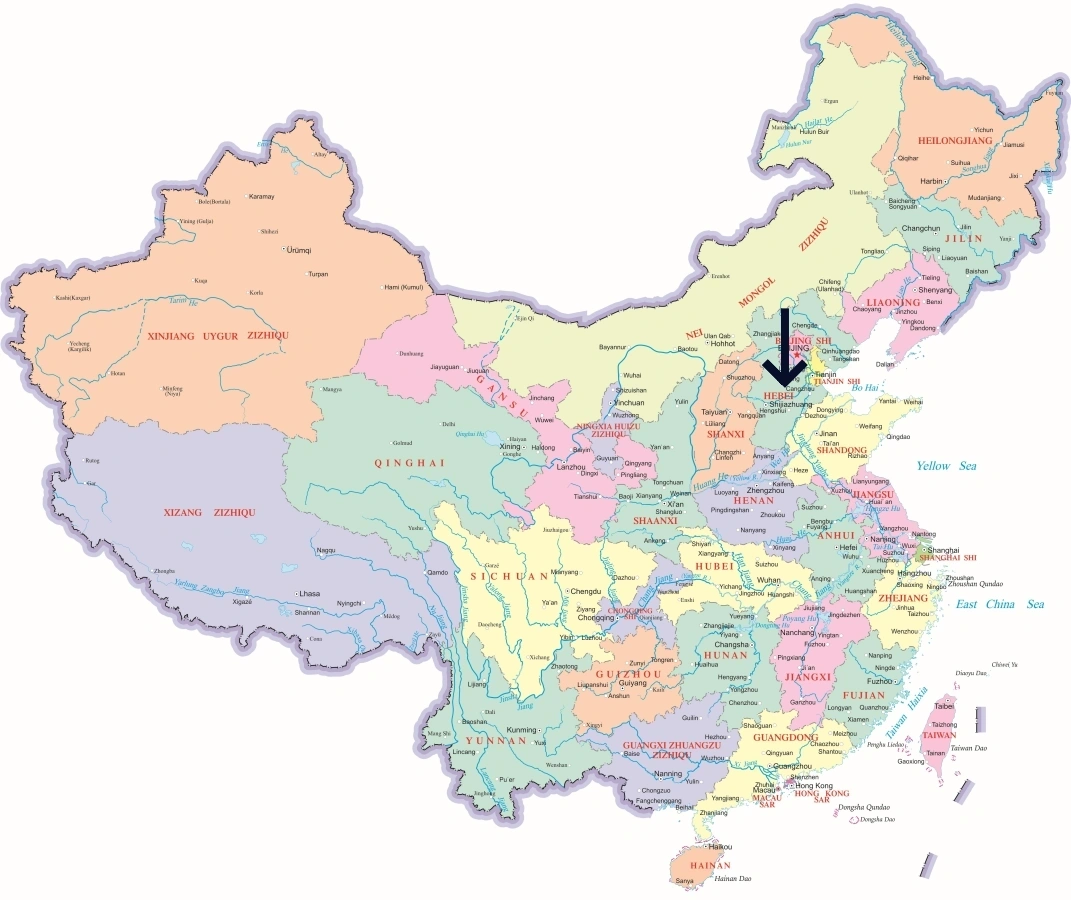
Hebei has 11 prefecture-level cities, each with its own historical background and cultural significance. Whether you’re exploring royal gardens, ancient fortresses, scenic mountains, or coastal getaways, Hebei has a wide range of experiences to offer.
Popular destinations include Shijiazhuang, Baoding, Chengde, Qinhuangdao, and Tangshan. However, lesser-known cities like Handan, Xingtai, Zhangjiakou, Langfang, Cangzhou, and Hengshui are also worth visiting if you’re looking for authentic regional experiences.
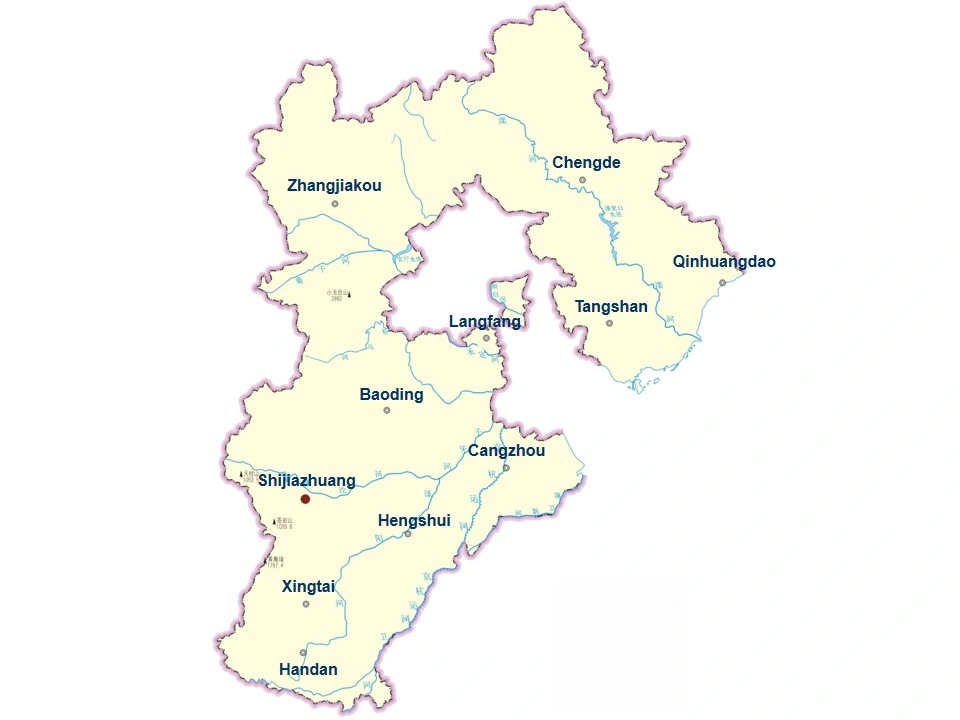
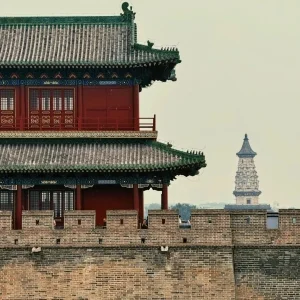
The provincial capital and a rising industrial hub. Key nearby attractions include the ancient Zhaozhou Bridge and Xibaipo, an important revolutionary site.
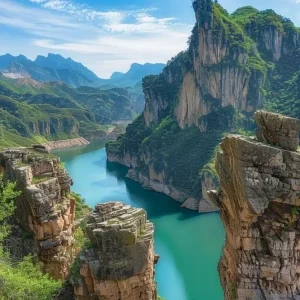
Rich in history and culture, home to the former Zhili Governor's Office and the Lotus Pond Garden. Its proximity to the Xiong’an New Area has boosted its importance in northern China.
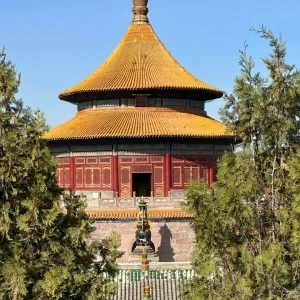
A UNESCO World Heritage Site, known for the Mountain Resort and the Eight Outer Temples, built as a summer retreat by Qing emperors. It blends natural beauty with imperial architecture.
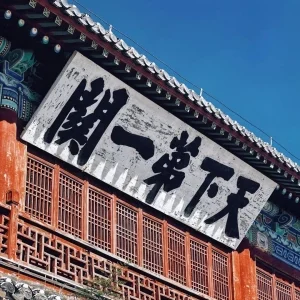
A coastal city along the Bohai Sea, ideal for summer vacations. Highlights include Beidaihe, a seaside resort, and Shanhaiguan, the eastern end of the Great Wall.
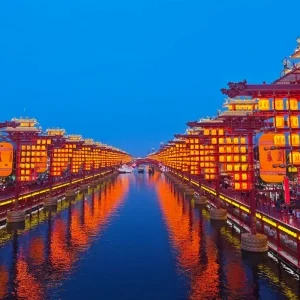
Once devastated by an earthquake, now reborn as a modern city. Known for its steel industry and cultural heritage sites like the Kailuan Coal Mine and South Lake Park.
Hebei’s geographic diversity offers something for every type of traveler. From royal palaces and religious sites to natural wonders and revolutionary landmarks, the province combines history, culture, and adventure in every corner.
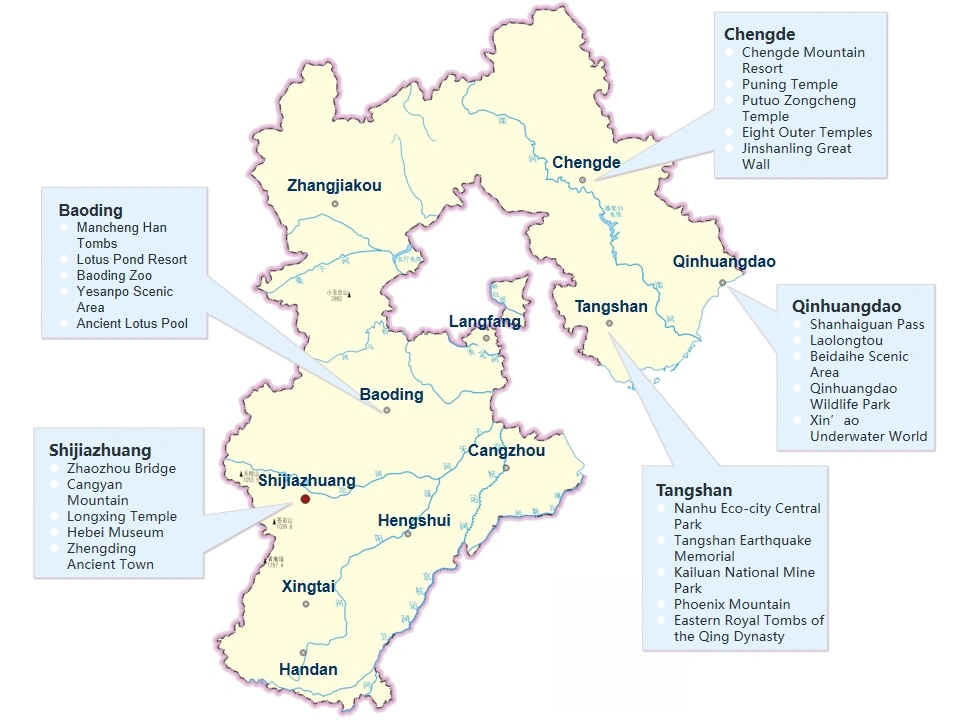
-300x300.webp)
A vast complex of gardens, lakes, and palaces once used by Qing emperors as a summer retreat. It's a masterpiece of Chinese landscape design and royal architecture.
-300x300.webp)
Built in the Sui Dynasty, it’s the oldest open-spandrel stone arch bridge in the world. The bridge showcases the ingenuity of ancient Chinese engineering.
-300x300.webp)
Known as the "First Pass Under Heaven," this is where the Great Wall meets the sea. Its fortress-like architecture is a symbol of military strategy from the Ming Dynasty.
-300x300.webp)
The largest freshwater lake in northern China. Famous for its lotus ponds and reed marshes, the area is often called the "Jiangnan of the North."
-300x300.webp)
A mythical site said to be where the goddess Nüwa mended the sky. The area features ancient temples, inscriptions, and scenic mountains.
-300x300.webp)
One of the best-preserved imperial tomb complexes in China. It offers insight into Qing dynasty funeral rites and architecture.
Influenced by Shandong and Beijing culinary traditions, Hebei cuisine varies widely across regions. It features hearty flavors and straightforward techniques such as braising, roasting, and stewing. Dishes are often robust, salty, and satisfying—perfect for the northern climate.
Travelers will find comfort food and local specialties across the province. Each area has its own signature dishes, making food tours a delightful way to explore Hebei.
-300x300.webp)
Slow-cooked donkey meat stuffed in crispy flatbread. Locals often say, “In heaven there’s dragon meat, on earth there’s donkey meat.”
-300x300.webp)
Though originally from the northwest, this sandwich has become a street food staple in Hebei’s capital, known for its juicy filling and savory sauce.
-300x300.webp)
Chengde’s twist on this dish includes a balance of sweetness and acidity with a crispy texture that makes it ideal as a main course or snack.
-300x300.webp)
A sweet, flaky baked good with a burnt sugar aroma. It’s often eaten as a breakfast treat or dessert.
-300x300.webp)
A hearty, nourishing broth served with bread or pancakes. It’s a wintertime favorite among locals.
-300x300.webp)
A traditional delicacy with deep flavor and tender meat. Often served cold, it’s perfect for picnics or packed lunches.
Hebei covers approximately 188,800 square kilometers and has a population of about 74 million. Here’s a breakdown by city:
Shijiazhuang: 15,848 sq km, ~10.8 million people
Baoding: 22,190 sq km, ~9.7 million people
Chengde: 39,519 sq km, ~3.5 million people
Tangshan: 13,472 sq km, ~7.9 million people
Qinhuangdao: 7,812 sq km, ~3.1 million people
Handan: 12,073 sq km, ~9.4 million people
Xingtai: 12,486 sq km, ~7.2 million people
Zhangjiakou: 36,870 sq km, ~4.1 million people
Langfang: 6,429 sq km, ~4.6 million people
Cangzhou: 14,028 sq km, ~7.3 million people
Hengshui: 8,815 sq km, ~4.2 million people
Note: These population figures are based on recent estimates and may vary slightly by year.
Hebei has a temperate monsoon climate with four distinct seasons. Winters are long and dry, while summers are hot and rainy. Here’s a month-by-month weather guide:
January: Coldest month. Average temperature: -7 to 3°C (19 to 37°F). Dry, with occasional snowfall.
February: Slightly warmer. Average: -4 to 6°C (25 to 43°F). Still chilly, especially at night.
March: Spring begins. Average: 1 to 13°C (34 to 55°F). Weather is changeable.
April: Warming up. Average: 8 to 21°C (46 to 70°F). Windy with large temperature swings.
May: Pleasant and mild. Average: 14 to 27°C (57 to 81°F). Ideal for outdoor travel.
June: Getting hot. Average: 19 to 31°C (66 to 88°F). Start of summer.
July: Hottest month. Average: 23 to 33°C (73 to 91°F). Frequent rainfall.
August: Still hot and humid. Average: 22 to 32°C (72 to 90°F).
September: Cooling down. Average: 16 to 27°C (61 to 81°F). Comfortable for sightseeing.
October: Crisp and dry. Average: 9 to 20°C (48 to 68°F). Clear skies and fresh air.
November: Getting colder. Average: 1 to 11°C (34 to 52°F). Big day-night temperature gaps.
December: Cold and dry. Average: -5 to 4°C (23 to 39°F). Winter sets in.
Best times to visit: Spring (April–May) and Fall (September–October).
Below are the postal and telephone area codes for Hebei’s major cities:
Shijiazhuang: Zip 050000, Area Code 0311
Baoding: Zip 071000, Area Code 0312
Chengde: Zip 067000, Area Code 0314
Tangshan: Zip 063000, Area Code 0315
Qinhuangdao: Zip 066000, Area Code 0335
Handan: Zip 056000, Area Code 0310
Xingtai: Zip 054000, Area Code 0319
Zhangjiakou: Zip 075000, Area Code 0313
Langfang: Zip 065000, Area Code 0316
Cangzhou: Zip 061000, Area Code 0317
Hengshui: Zip 053000, Area Code 0318

 English (Malaysia)
English (Malaysia)